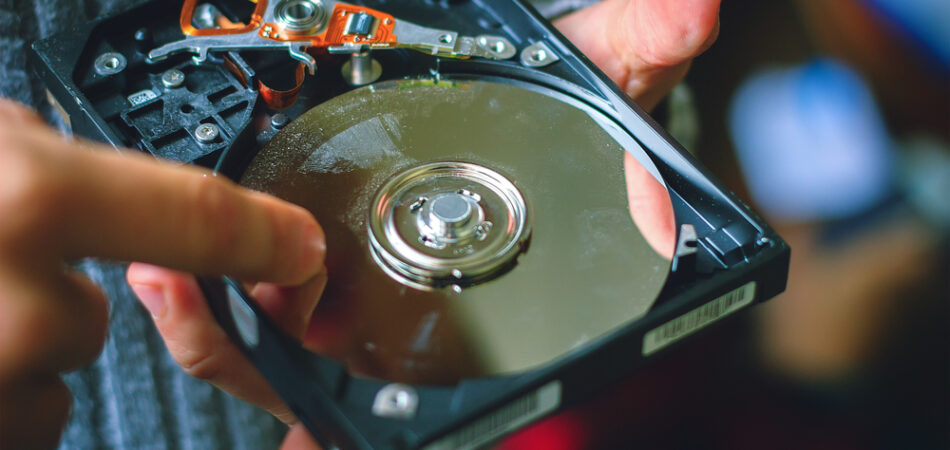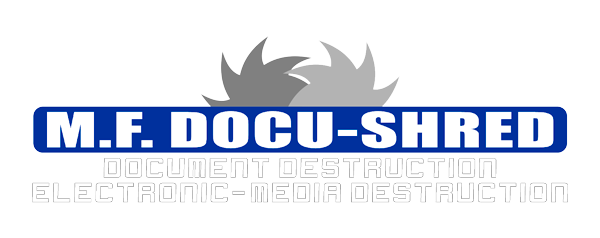
Every year, new gadgets are released, offering more storage, faster processing speeds, and advanced features. However, with the introduction of new devices comes the inevitable problem of old and outdated electronics. Many people and businesses dispose of their old devices without properly considering the potential risks involved. Devices like smartphones, laptops, hard drives, and USB drives hold much more than just outdated files – they often contain sensitive data that could easily fall into the wrong hands if not properly destroyed. This is why proper electronic media destruction is a crucial step in safeguarding your personal and business information.
Understanding Electronic Media Destruction
Electronic media destruction refers to the secure and complete removal of data from a device, ensuring that it is rendered irretrievable. This process goes beyond simple data deletion, which can often be undone using specialized software. Instead, it involves methods like shredding, degaussing, or physically destroying the media so that data cannot be recovered or misused.
Many people make the mistake of thinking that simply deleting files or wiping a device is enough. While these steps can clear visible data, they don’t address the hidden traces of data that can still exist on a device. Even after you think you’ve cleaned your smartphone or laptop, traces of your personal information, financial records, or business secrets could remain, waiting to be accessed by anyone with the right tools. This is where proper electronic media destruction becomes essential. Without it, your old devices could become a goldmine for identity thieves or hackers looking to exploit your information.
The Risks of Improper Disposal
When old devices are thrown away or recycled improperly, they can become a serious security risk. Many people simply erase files or use a factory reset before getting rid of their devices. This is especially common with smartphones and laptops, which are frequently upgraded or replaced. However, these methods only make the data less accessible; they do not fully erase it.
For businesses, this negligence can have catastrophic consequences. A lost laptop containing client data, financial records, or sensitive corporate strategies could result in not just identity theft but also reputational damage, legal liabilities, and loss of business. In fact, numerous high-profile data breaches have occurred because organizations failed to securely destroy data on outdated devices. The results are often financial penalties, regulatory scrutiny, and the loss of trust from customers.
Individuals are also at risk when they fail to properly destroy data on old devices. Identity theft is a growing problem, with cybercriminals constantly looking for new ways to steal personal information. A discarded phone or computer might seem harmless, but to an experienced hacker, it could contain passwords, social security numbers, or bank account details. It’s a costly mistake to think that a simple factory reset is enough to protect sensitive information.
Methods of Electronic Media Destruction
There are various methods for properly destroying electronic media, each with its own benefits and levels of security. The choice of method depends on the type of device and the value of the information it contains.
One common approach is degaussing, which involves using a powerful magnetic field to disrupt the data stored on a device. Degaussing can be particularly effective for hard drives and other magnetic media. It renders the data completely unreadable, making it impossible to recover through conventional means. However, this method may not be effective for solid-state drives (SSDs) or flash storage, which don’t rely on magnetic fields.
Physical destruction, such as shredding or crushing, is another secure method of disposal. This involves physically damaging the device so that its internal components are irreparably destroyed. Shredding hard drives or other media ensures that data is not just wiped but physically obliterated, making it completely inaccessible. This method is particularly popular with businesses looking to safeguard sensitive client information.
For individuals or organizations that don’t have access to physical shredding services, software-based solutions for data purging can offer a more accessible alternative. Many programs are available that can securely overwrite the data on a device multiple times, making it nearly impossible to recover. These software solutions typically perform a process called “secure erase” or “zero-filling,” which overwrites the existing data with random patterns.
In some cases, data purging may be sufficient, especially for devices that don’t contain highly sensitive information. However, for critical data or when full security is necessary, physical destruction or degaussing is recommended to ensure that no remnants of data can be retrieved.
The Environmental Impact and Ethical Considerations
While the focus of electronic media destruction is primarily on security, it’s also important to consider the environmental impact of improper disposal. Electronic waste (e-waste) is one of the fastest-growing waste streams globally, and much of it ends up in landfills, releasing toxic substances such as lead, mercury, and cadmium into the environment. Proper disposal and recycling of old electronics are critical not only for security but also for minimizing harm to the planet.
By ensuring that devices are properly destroyed or recycled, individuals and businesses can contribute to reducing e-waste. Many electronic waste recycling centers offer secure data destruction services as part of their recycling programs. These centers use certified methods to destroy data before safely recycling the device’s components. Choosing an e-waste disposal service that adheres to environmental and data security standards is an ethical choice that benefits both privacy and the planet.
Securing Your Data for the Future
As technology continues to advance, so too do the methods used by criminals to steal data. With cyberattacks becoming more sophisticated and the demand for personal and corporate data rising, it’s essential that proper electronic media destruction becomes a priority. Disposing of your old devices without thoroughly erasing the data they contain could open the door to various security breaches. It’s not just a technical issue – it’s a matter of protecting yourself, your business, and the people whose information you handle.
Whether you’re an individual looking to safely dispose of an old phone or a business handling dozens of outdated computers, adopting proper electronic media destruction practices is the best way to ensure that your sensitive data doesn’t fall into the wrong hands. Always use certified services that provide secure data erasure and physical destruction of media to protect your information. And remember that, while it may seem like a minor step, ensuring that your old devices are properly destroyed can save you from potential financial loss, legal complications, and reputational harm in the future.
Conclusion
The risks of improper electronic media disposal are not to be underestimated. The consequences of allowing sensitive data to fall into the wrong hands can be severe. Proper electronic media destruction is a necessary safeguard in our increasingly digital world, and it’s a responsibility we all share in protecting our personal and professional information. As the world moves forward, ensuring that old devices are thoroughly destroyed will help protect the future of both individual privacy and organizational security.
Our reliable, certified services ensure that your old devices are thoroughly destroyed, leaving no room for data recovery. Whether you’re handling outdated hard drives, smartphones, or other electronic media, we’re here to give you peace of mind knowing your data is fully protected. Reach out to us today, and let us help you take the necessary steps to safeguard your privacy and security.

